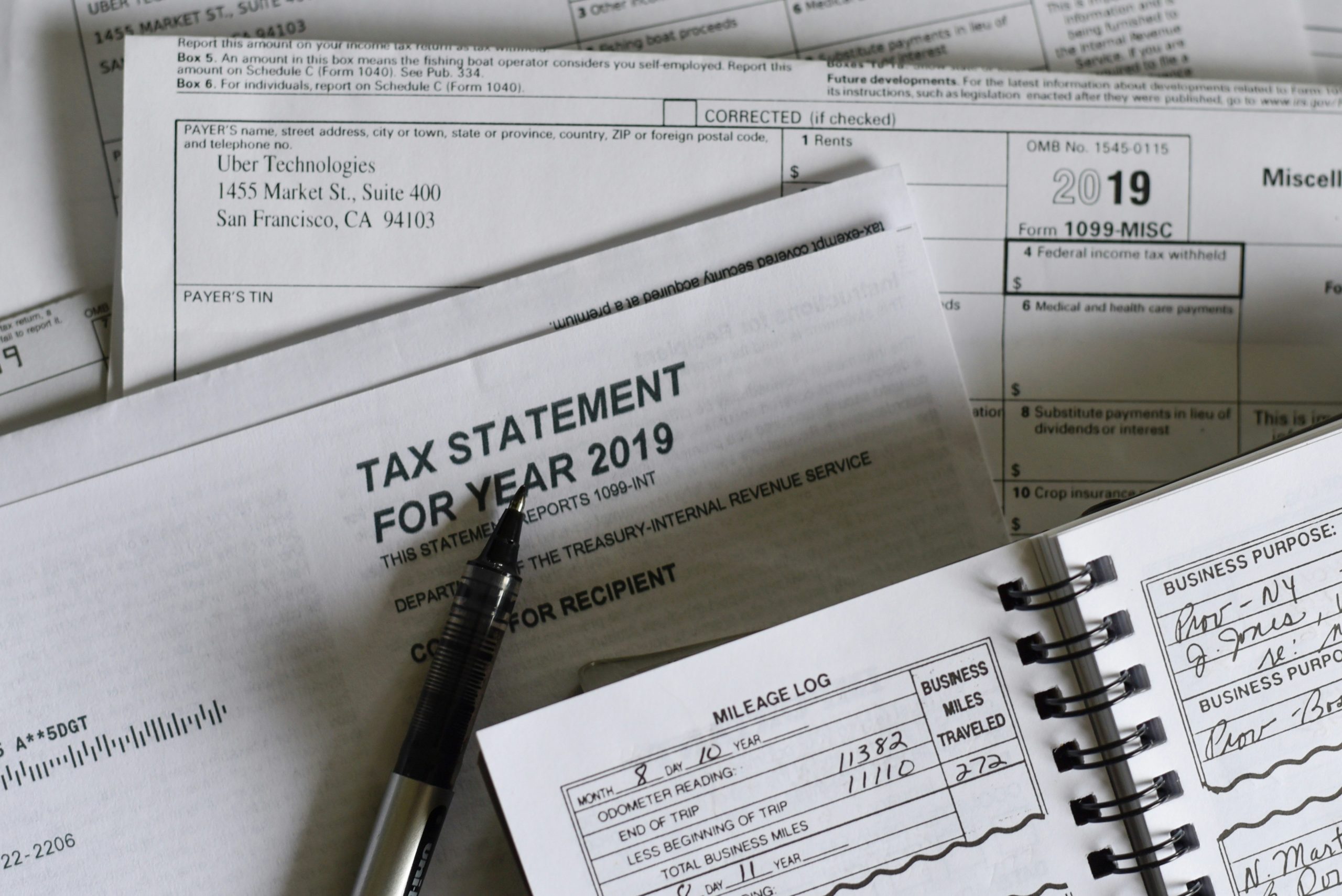A Comprehensive Guide to LTA and Its Tax Benefits
Table of Contents
Introduction:
Leave Travel Allowance is a tax-free benefit provided by employers to their employees as part of their salary package. This allowance covers expenses related to leisure trips taken by employees, making them tax-free. Employees can plan vacations, take leave from work, and have their travel costs reimbursed tax-free by their employer. Leave Travel Allowance This benefit can be availed twice within a block of four years. To claim the tax benefit, employees need to submit their travel bills and documents to their employer. However, this exemption is applicable only to expenses incurred during the travel period and is subject to specific conditions.
Expenses Eligible for Exemption under LTA:
- For air travel, the lesser of the cheapest available airfare using the shortest route or the actual amount paid will be excluded.
- For rail travel, the lesser of the A.C. first-class fare via the shortest route or the actual amount spent on travel will be deducted.
- The origin and destination locations are not directly linked by rail, either partly or entirely, but they are connected by another recognized public transportation system.
- The journey’s origin and destination points are connected by train, but the remainder of the journey is completed using another mode of transportation.
Eligibility:
- Only actual travel expenses qualify for . All modes of transportation, including land, train, and air, are eligible under the . to claim the leave travel allowance, employees must provide clear evidence of their expenses.
- is only available for expenses related to domestic travel. The does not cover costs incurred by the employee during overseas travel, if applicable.
- Only travel-related expenses qualify for. Costs such as food, lodging, or any other expenses unrelated to travel are not covered.
- Employees are ineligible for every fiscal year. They are only eligible for twice within a block of four years, with the government determining the block years for purposes.
How to Claim LTA Benefits:
- The process of claiming differs among employers. Each employer establishes a deadline for employees to submit their claims, and may require evidence of travel, such as tickets, boarding passes, or invoices from travel agents, along with the necessary declaration.
- Although employers are not obligated to collect proof of travel, it is advisable for employees to keep copies for their own records and to provide them to their employers as per the company’s policy or upon request from tax authorities.
Restrictions:
Regarding Leave Travel Allowance, there exist certain limitations. The key restrictions on Leave Travel Allowance are outlined below.
- The individual is only permitted to travel within India.
- Children born after October 1, 1998, in excess of two, do not qualify for the Leave Travel Allowance exemption.
- If LTA is not claimed within a specific block, it can be carried over to the next block and utilized during the first year of that block.
- The Leave Travel Allowance is exclusively designated for covering travel expenses.
- Individuals should retain proof of travel as it may be necessary for tax auditing purposes.
- can be claimed only twice within a four-year period.
- The exemption extends to the individual’s immediate family, encompassing parents, siblings, spouse, and children.
Advantages of LTA:
- These benefits apply to both solo and family travel.
- The allowance for family members is also included.
- Leave Travel Allowance is a significant component of the salary structure, contributing to tax savings.
- The employer includes in the income structure, considering various factors such as job title, position, salary scale, and more.
- An employee can reduce taxable income by submitting travel-related receipts for airfare, train tickets, bus fares, or any other transportation expenses incurred during a trip.
Conclusion:
Understanding the conditions and limitations for claiming (Leave Travel Allowance) is crucial for employees aiming to secure tax exemptions on their travel expenses. In essence, is applicable only for domestic travel within specified block years, with constraints on the number of trips and qualifying expenses. Proper documentation and compliance with employer policies are essential for maximizing the advantages of.



